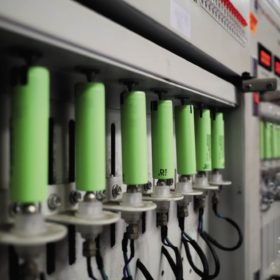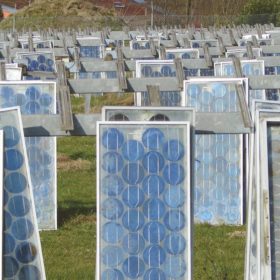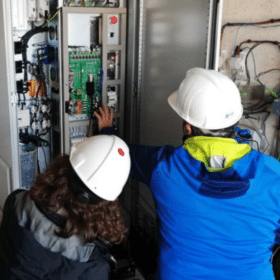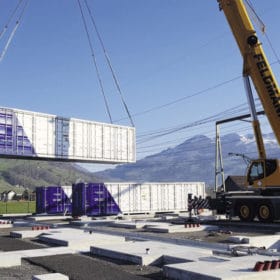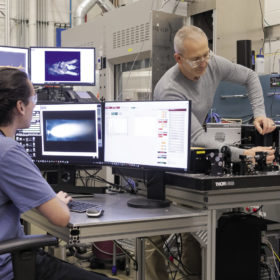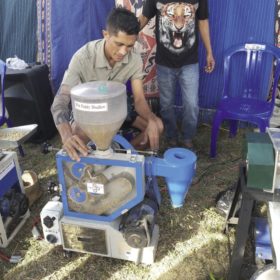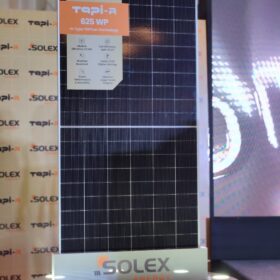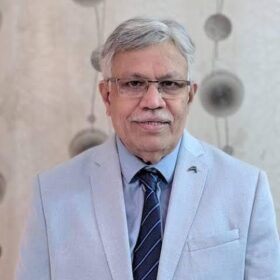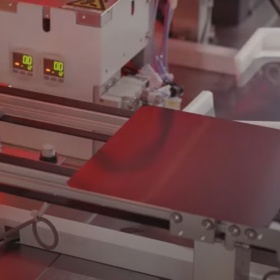The long read: Battery testing builds certainty
Owners and operators of energy storage systems, as well as investors, need transparent ways to evaluate battery performance. They need certainty that the selected batteries for their ESS projects will perform reliably, have predictable life expectancies, and meet projected revenue and contractual obligations over their lifetimes. The economic viability of entire projects depend on this confidence, writes Michael Kleinberg of DNV.
The long read: Central Asia’s solar awakening
Uzbekistan is providing a model for solar development in Central Asia as it rolls out its first large-scale projects. With the support of multilateral financial institutions, the government is prioritizing its electrical infrastructure as it pursues economic development goals. And as Amjad Khashman reports, the engagement of developers from fossil-fuel- rich neighbors in its solar projects points to a bright, renewable future for the region.
Reusing PV modules pose opportunities and challenges
In a new study, PV Cycle and Imec/EnergyVille examine the growing PV module reuse sector and detail both the opportunities and challenges of employing second-hand systems, especially in developing countries.
New power electronic device to manage surplus solar power
The device was developed by an international consortium through the EU-funded project Renewable penetration levered by Efficient Low Voltage Distribution grids (RESOLVD). The power electronic technology is claimed to be able to combine different storage technologies in a single electronic-based board interface.
UN calls on Bangladesh to put renewables first
As it prepares to lift the nation out of its list of the world’s least developed countries, the supranational body said the country should turn its back on coal and other fossil fuels.
Tesvolt launches commercial battery with inverter and energy management system
According to the German manufacturer, the TS-I HV 80 can combine a wide variety of applications such as optimized self-consumption and intelligent peak load capping.
The long read: A new era for battery materials
Every year, chemical and energy companies produce $15 billion worth of commodities such as carbon black, silicon oxide, and aluminum oxide, for manufacturing purposes. Engineers do this by pumping chemicals into a flame and collecting material formed in the fire, in an approach known as flame spray pyrolysis. This approach, according to scientists at Argonne National Laboratory, has the potential to create more advanced materials for use in next-generation storage batteries.
The long read: Filling the energy technology, poverty gap
Advanced technology is of little use if it cannot reach those who need it most. Two Indonesian companies – Kopernik, an NGO based in Bali, and Sumba Sustainable Solutions, from the island of Sumba – are trying to bridge the gap between those in need and those with technological solutions. They both focus on the PV electrification of rural areas and brightening Indonesia’s “last mile.”
PV can cover almost half of typical office buildings’ electricity demand
Scientists in Germany have estimated that roof and facade PV systems can cover almost 40% of the total requirements of a standard office building, assuming that no battery storage is installed.
The long read: What Asia needs to turn away from coal
Given the rapid decrease of the solar electricity cost, pv magazine explores the drivers and obstacles behind switching off coal and embracing photovoltaics and other renewable energy technology in Asia. The good news: things are moving in the right direction.
